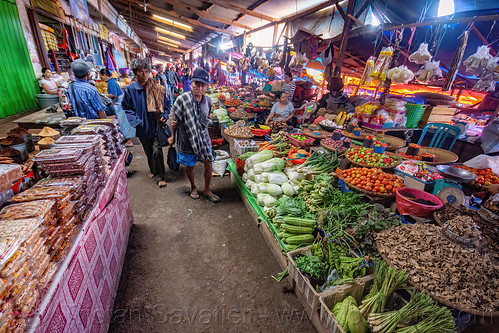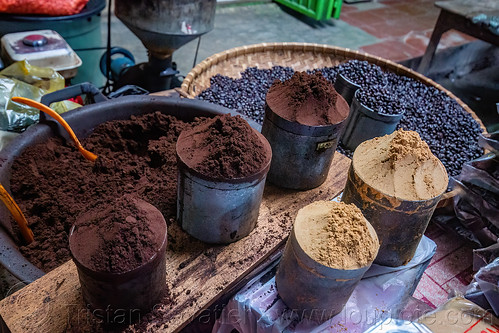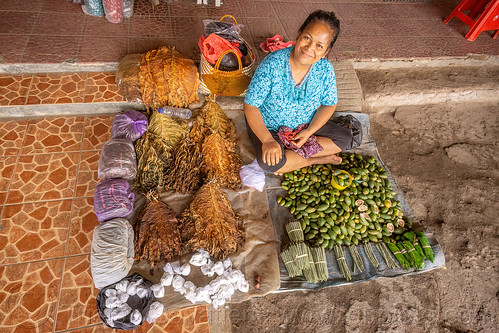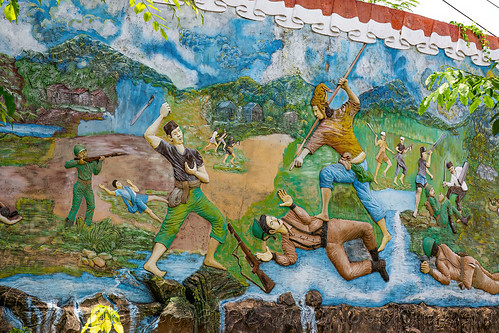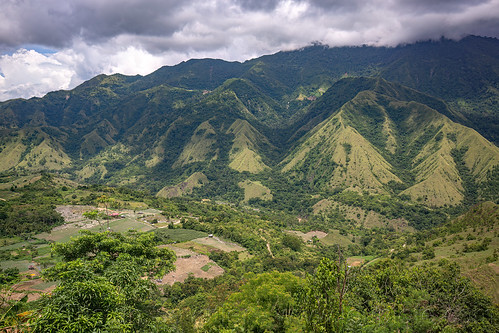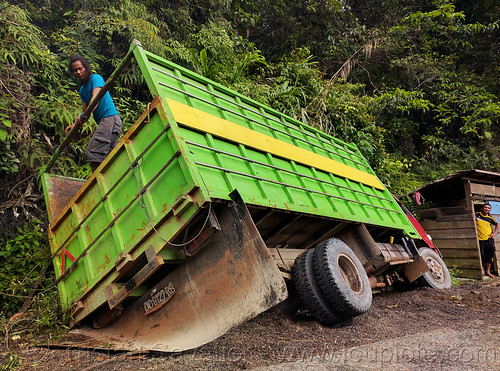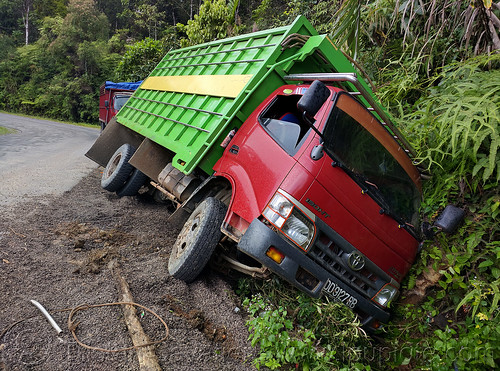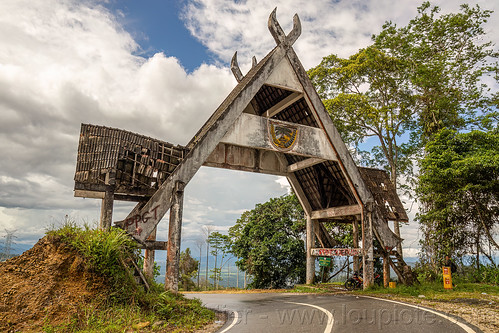Sago Sold at the Rantepao Market
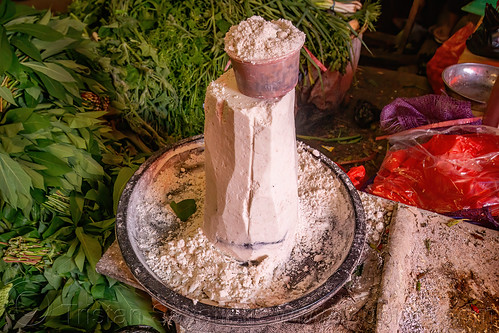
Sago Sold at the Rantepao Market
Fresh Sago sold on the market in Rantepao, Sulawesi Island, Indonesia
Sago (English), Sagu / Saksak (Indonesia and Malaysia) or Rabia is a starch extracted from the pith, or spongy core tissue, of various tropical palm stems, especially those of sago palm (Metroxylon sagu).
Sago has been consumed as a traditional staple food since ancient times by people who live in sago producing areas in Indonesia and New Guinea. It is traditionally cooked and eaten in various forms, such as rolled into balls, mixed with boiling water to form a glue-like paste (papeda), or as a pancake.
For traditional society, sago is not only as a major component of diet, but also has a central position in myth and ritual, which has been brought into symbolic relationship with the twins concepts of germination of plants and generation of humans.
Sago palm has been recognized as one of the oldest food plants for human being, and was consumed in Asia before rice cultivation.
For more info about Sago:
- knepublishing.com/index.php/KnE-Life/article/view/382/1180

